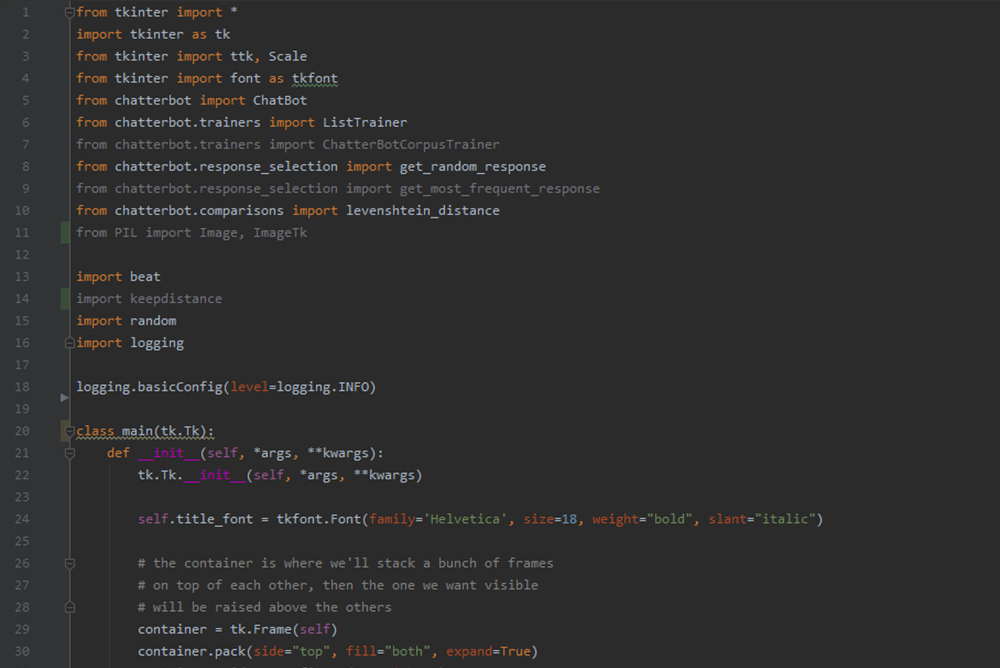Google is currently working on Meena, a particular chatbot, which should be able to have arbitrary conversations and be used in many contexts. In their paper “Towards a Human-like Open-Domain Chatbot“, the developers present the 2.6 billion parameters end-to-end trained neural conversational model. They show that Meena “can conduct conversations that are more sensible and specific than existing state-of-the-art chatbots”. “Such improvements are reflected through a new human evaluation metric that we propose for open-domain chatbots, called Sensibleness and Specificity Average (SSA), which captures basic, but important attributes for human conversation. Remarkably, we demonstrate that perplexity, an automatic metric that is readily available to any neural conversational models, highly correlates with SSA.” (Google AI Blog) The company draws a comparison with OpenAI GPT-2, a model used in “Talk to Transformer” and Harmony, among others, which uses 1.5 billion parameters and is based on the text content of 8 million web pages.
The Birth of the Morality Menu
The idea of a morality menu (MOME) was born in 2018 in the context of machine ethics. It should make it possible to transfer the morality of a person to a machine. On a display you can see different rules of behaviour and you can activate or deactivate them with sliders. Oliver Bendel developed two design studies, one for an animal-friendly vacuum cleaning robot (LADYBIRD), the other for a voicebot like Google Duplex. At the end of 2018, he announced a project at the School of Business FHNW. Three students – Ozan Firat, Levin Padayatty and Yusuf Or – implemented a morality menu for a chatbot called MOBO from June 2019 to January 2020. The user enters personal information and then activates or deactivates nine different rules of conduct. MOBO compliments or does not compliment, responds with or without prejudice, threatens or does not threaten the interlocutor. It responds to each user individually, says his or her name – and addresses him or her formally or informally, depending on the setting. A video of the MOBO-MOME is available here.
Opportunities and Risks of Facial Recognition
The book chapter “The BESTBOT Project” by Oliver Bendel, David Studer and Bradley Richards was published on 31 December 2019. It is part of the 2nd edition of the “Handbuch Maschinenethik”, edited by Oliver Bendel. From the abstract: “The young discipline of machine ethics both studies and creates moral (or immoral) machines. The BESTBOT is a chatbot that recognizes problems and conditions of the user with the help of text analysis and facial recognition and reacts morally to them. It can be seen as a moral machine with some immoral implications. The BESTBOT has two direct predecessor projects, the GOODBOT and the LIEBOT. Both had room for improvement and advancement; thus, the BESTBOT project used their findings as a basis for its development and realization. Text analysis and facial recognition in combination with emotion recognition have proven to be powerful tools for problem identification and are part of the new prototype. The BESTBOT enriches machine ethics as a discipline and can solve problems in practice. At the same time, with new solutions of this kind come new problems, especially with regard to privacy and informational autonomy, which information ethics must deal with.” (Abstract) The book chapter can be downloaded from link.springer.com/referenceworkentry/10.1007/978-3-658-17484-2_32-1.


